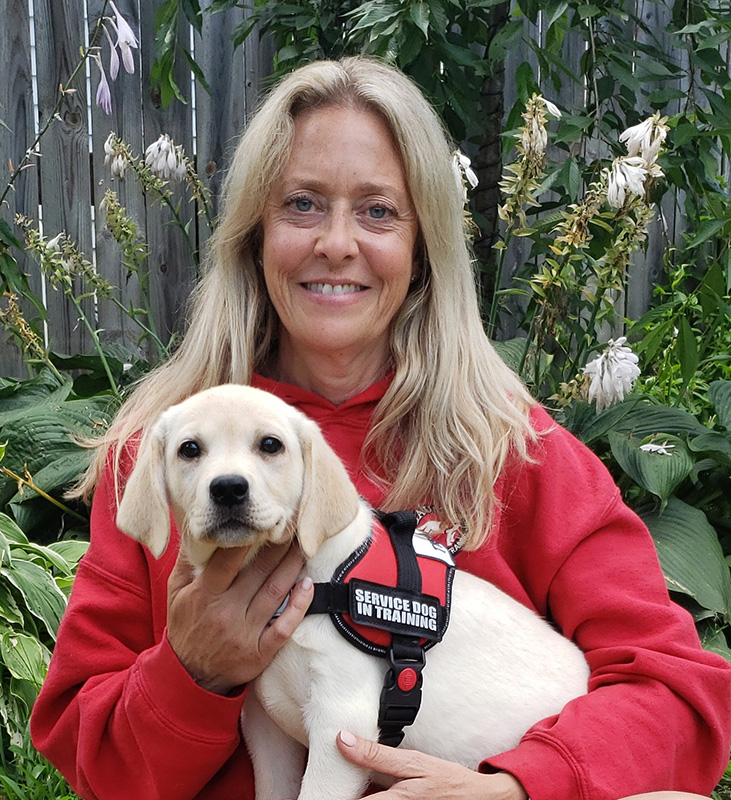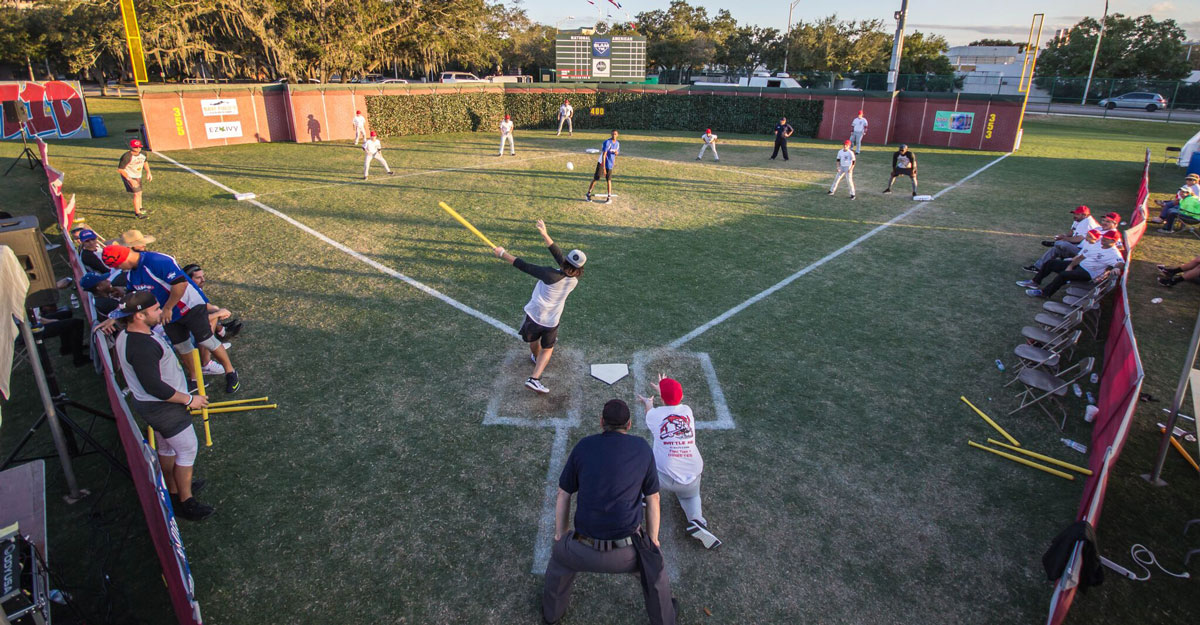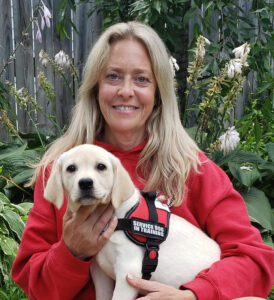
18 Jul Navigating the World of T1D: My Journey with Diabetes Alert Dogs
I’m privileged to have been a part of SLAM T1D tournaments for the past eight years, stretching across Vermont, Massachusetts, and Florida. We’re a family deeply connected with Type 1 Diabetes (T1D), a thread that binds us together in ways more than one. I want to share my story with you – a story filled with love, responsibility, and companionship.
A Passion for Training Diabetes Alert Dogs (DADs)
Over the past 13 years, my devotion for service dogs, particularly Diabetes Alert Dogs (DADs), has grown immensely. Interestingly, this passion predates my family’s encounter with T1D by two years! Today, I am proud to say that I have trained 37 such dogs.
But wait, what exactly is a DAD, you may ask?
All About Diabetes Alert Dogs
According to ADA law, service dogs are canines that have been trained specifically to assist their handlers, who may have special needs. Among these, DADs hold a distinctive place. They are trained to detect the scent of low blood sugar and alert their handlers, who have type one diabetes, enabling them to take corrective action before their blood glucose levels fall dangerously low.
Trained to alert to blood glucose levels of 80 and below, these furry heroes often beat CGM alerts, enabling the handler to take action sooner. Some DADs can even detect high blood sugar, though generally, we trainers try to avoid this as highs can be prolonged, leading to continuous alerts.
More Than Just Alerting: The Extra Mile
These versatile companions can also learn to perform other tasks, like retrieving a test kit, carrying supplies, or even fetching a juice box or snacks. A well-trained DAD can also help alert family members or assist in managing the stress and anxiety that often come hand-in-hand with chronic illnesses. Their training ensures they remain calm, gentle, and effective in all environments.
Who Benefits from a DAD?
The answer is simple – anyone looking for an additional safeguard against low blood sugar can benefit from a DAD. They can be particularly valuable for those who live alone, children unable to recognize low blood sugar symptoms, or those who don’t use CGMs. DADs are especially useful for those with hypoglycemic unawareness and those who frequently experience rapid drops in blood sugar levels.
However, as with any pet, owning a DAD comes with its own responsibilities, including maintenance training, daily exercise, bathroom breaks, and the general needs of dog ownership.
Choosing the Right DAD: Trainer Matters
Finding a well-trained DAD is as much about the dog as it is about the trainer. An effective trainer is one who is intimately familiar with T1D, has extensive experience training DADs, and can provide references and examples of their work. They will ensure that the dogs are trained on real-life low sugar levels, in addition to scent sample training.
Keep in mind, a fully trained DAD will take a minimum of 18 months to train and can cost between $18,000 and $25,000. But for those who depend on them, these four-legged companions are truly priceless.
As I continue my journey in the world of T1D and DADs, I invite you all to explore this unique way of managing diabetes. Together, we can make our lives safer and happier!




